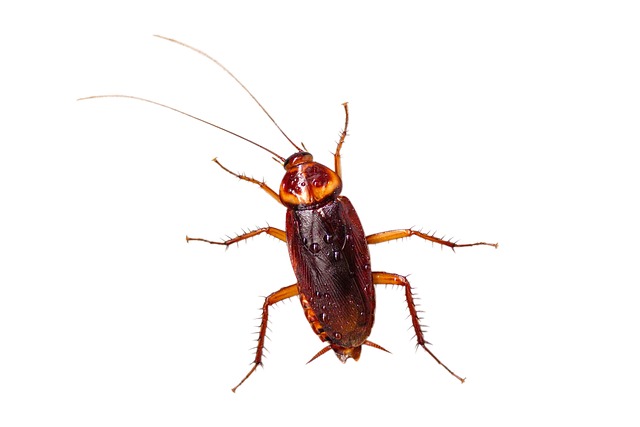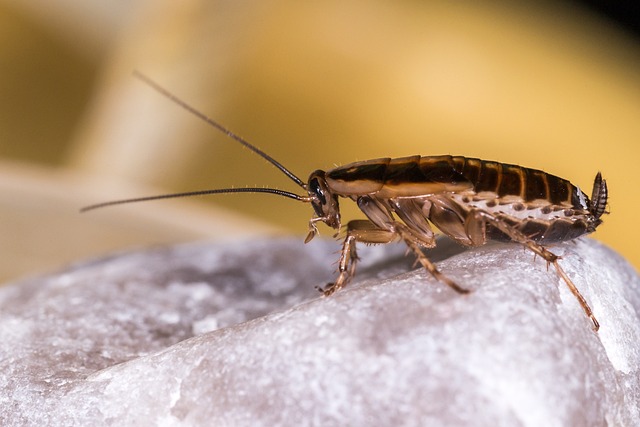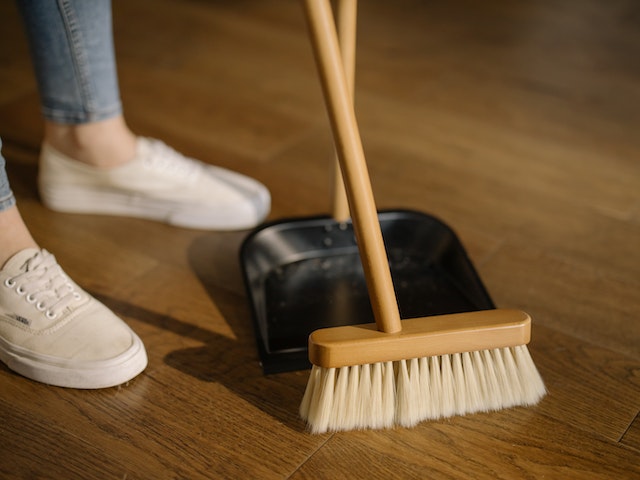
In Raleigh, where cockroaches can be a real headache, it’s important to grasp the fascinating lifecycles that dictate their presence indoors. These little critters go through quite a transformation, starting off as tiny eggs and maturing into the pesky adults we’re familiar with in our local surroundings.
Understanding the lifespan of a roach provides valuable information for effectively managing and decreasing their numbers.
In this blog post, we’ll explore the various stages of a cockroach’s life, the factors influencing the duration of each stage, and how this knowledge can help homeowners tackle the challenges posed by these resilient creatures.
Roach Life Stages
The journey begins with cockroach eggs, carefully nestled within protective cases known as oothecae. These casings safeguard multiple eggs, poised to hatch and set the stage for the subsequent phase—the nymph stage.
Nymphs resemble miniature versions of adult cockroaches, and they gradually grow by shedding their outer layer, a process termed molting, which serves as a stepping stone toward maturity. While nymphs bear similarities to their adult counterparts, they lack fully developed wings and reproductive organs. The duration of their nymph stage can vary, contingent upon factors like species and environmental conditions.
With each successive molt, nymphs edge closer to adulthood. The final molt reveals a mature cockroach with wings and all the requisite parts for reproduction.
In essence, the cockroach’s life cycle comprises a progression of stages, from egg to nymph to adult. Each phase contributes to the cockroach’s adaptive prowess and capacity to thrive.
What Impacts the Lifespan of a Roach
The average lifespan of a roach varies quite a bit depending on factors such as the species and its environment. Generally, most live for about a year or two, as most cockroaches are naturally short-lived. However, some roach species have adapted and can live for several years under the right conditions.
The conditions they experience in their habitats also play a role. If they have access to plenty of food, water, and a safe place to live, their chances of living longer improve. It’s like how a well-balanced diet and a comfortable home contribute to our own health and longevity.

Here in North Carolina, where temperature and humidity play vital roles in our environment, it’s crucial to consider these factors when dealing with roaches. These critters are cold-blooded, which means their body temperature mirrors the ambient conditions.
In our warmer North Carolina weather, roaches often experience accelerated metabolisms, causing them to develop rapidly but typically leading to shorter lifespans. Conversely, during cooler periods, their growth tends to slow down, and this can extend their lifespan in our local climate.
Roaches are also adaptable creatures. They’re more likely to live longer if they find themselves in an environment with abundant resources and minimal threats. Known for being survivors, roaches can make the most out of their surroundings– eating almost everything in their path.
This is why you need a trusted Raleigh pest control company like Innovative Pest Solutions to tackle your roack problems with ease!
Species Differentiation
Among the various roach species, longer-lived species live in stable, less challenging environments. Here are some species that tend to have longer lives than the typical lifespan of a roach:

- American Cockroach (Periplaneta americana): This roach species is known for its relatively longer lifespan compared to others. Depending on the conditions, they can live up to 1 to 2 years or even more.
- Australian Cockroach (Periplaneta australasiae): Similar to the American cockroach, the Australian cockroach can also live for up to a few years. These roaches are often found in warm and humid areas and have a reputation for being quite resilient.
- Oriental Cockroach (Blatta orientalis): While not as long-lived as some other species, the oriental cockroach can still live for several months to a year. These roaches prefer cooler and more damp environments and are less adaptable to a wide range of conditions.
- Madagascar Hissing Cockroach (Gromphadorhina portentosa): These giant and unique cockroaches can live for a few years in captivity. They are not as common as pest species and are often kept as pets or in educational displays.
Roach Elimination Tips
Dealing with roaches in your home can be a frustrating and unsettling experience. These resilient pests are not only unsightly but can also pose potential health risks. Thankfully, there are practical steps you can take to eliminate roaches from your home.

- Regularly clean up food crumbs, spills, and dirty dishes to prevent roaches.
- Seal your food and pet kibble in airtight containers.
- Declutter your living spaces regularly to minimize hiding spots.
- Fix any plumbing leaks promptly, ensuring that sinks, faucets, and pipes are in good condition.
- Seal cracks, crevices, and gaps in walls, floors, and around pipes.
- Experiment with essential oils such as peppermint, eucalyptus, and cedar, which can help deter roaches.
- Engage in regular vacuuming routines to eliminate crumbs and potential roach eggs, and always empty the vacuum outside to prevent any surviving roaches from returning.
However, professional pest control services are often the most reliable solution for effective roach deterrence and elimination. Raleigh is no stranger to roaches, so you’ll need experts that understand the lifespan of a roach and create a customized plan to keep them away from your South Carolina abode..
We’re dedicated to crafting precise strategies that align with the unique challenges of your Raleigh home. Reach out to us today for a comprehensive evaluation and the guidance of our skilled professionals as we work together to restore your home to a roach-free haven!





